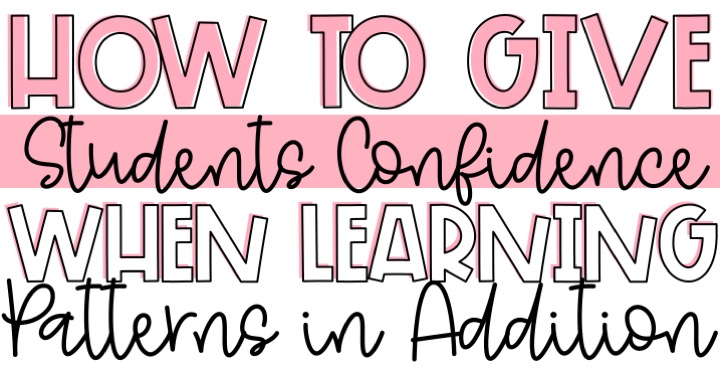
Using Patterns in Addition as a strategy is so important for 1st grade and 2nd grade students. When students are able to see and use relationships between numbers to solve math facts, they are well on their way to math fact fluency.
When students don’t use strategies, they try to rotely memorize. This often leads to stress and anxiety, especially when using timed tests as practice. That is why I teach math fact in a fun, yet meaningful way. I’m sharing my secrets to student math fact success in my free workbook for 1st and 2nd grade teachers.
Download the free workbook here: The 7 Steps to Ensure Math Fact Fluency
Okay, let’s get start on tips to teach the Patterns in Addition strategy.
Patterns in Addition
Patterns in Addition helps students see all the ways to make a number. Pick a number like 6 and write it on the board. Then ask students what are some ways to make 6. Students should come up with equations like 5+1 or 4+2. Record all the answers on the board.
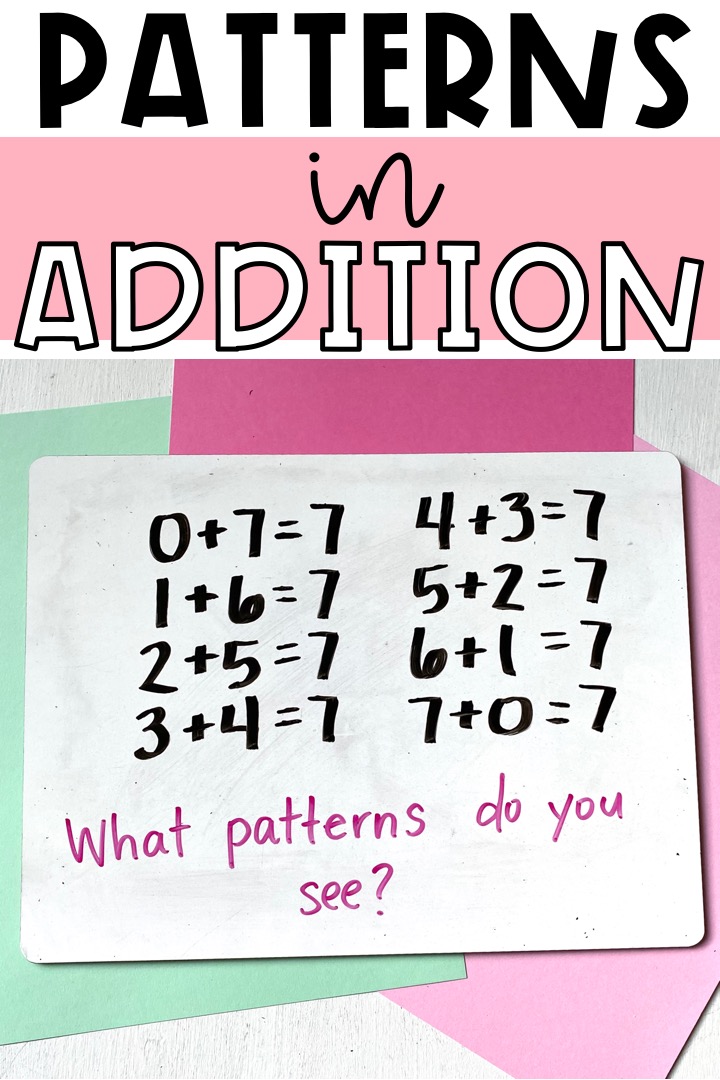
Show students that when we organize these ways to make 6, we can see patterns to help us. I start with 6+0 and go all the way to 0+6. Then I ask students, “What patterns do they see.” Really talk about these patterns and give some general rules.
Then help students see how to use these patterns to find unknown facts. For example, 7+_ =11. We know 6+5=11. 7 is one more than 6. So the missing addend is 4 since that is one less than 5.
You can also help students see how a patterns in addition chart works. I display one up on the board and show what to do if we have an equation with the missing addend, or an equation with the missing sum.
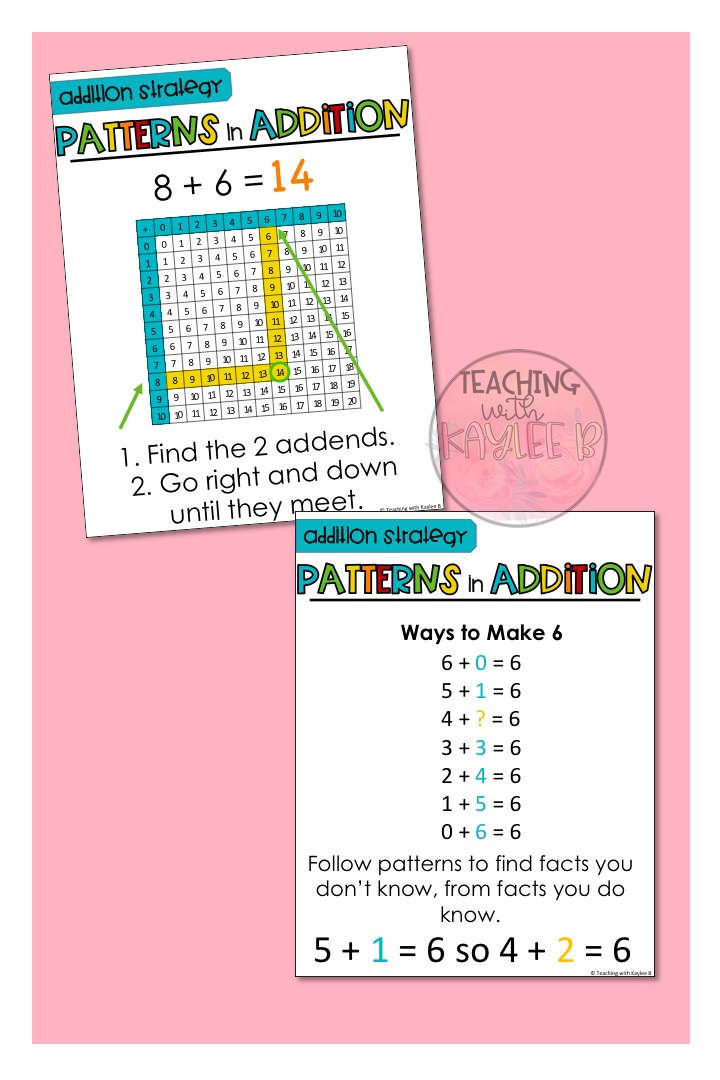
Then it is important for students to get lots of practice with Patterns in Addition.
Patterns In Addition Table Worksheets
I print out a pattern in addition table for each student. Then I place task cards around the room. Students also have a recording sheet. Students scoot around the room to different equations. They use their pattern in addition table to solve each problem and record their answer.
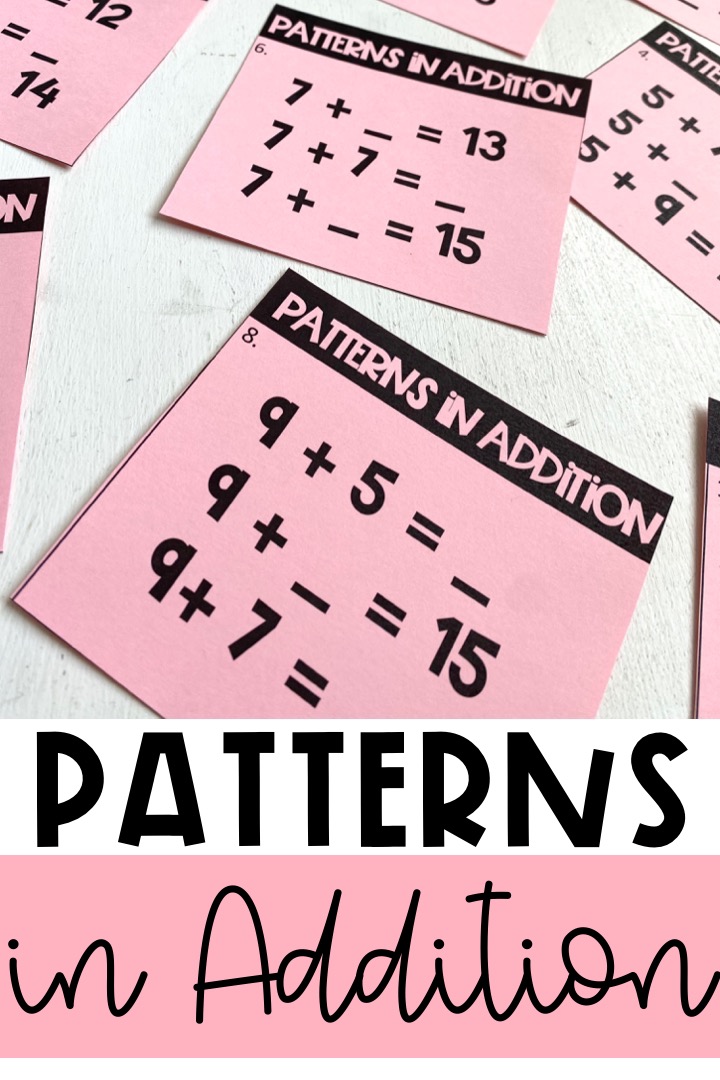
Then I may do another scoot where students don’t use the table, but just use the patterns within addition to solve the equations.
Find these Task Cards here.
Find the digital version here.
Since patterns in addition works with finding all the ways to make a number, for a centers activity I set out a patterns in addition puzzle. Students have to match all the ways to make a number. I have them record their findings so that it keeps them accountable.
After doing this puzzle as a centers activity, I set it out as a fast finisher activity for my students to do when they have some free time in the classroom. For more ideas on fast finisher ideas involving math facts, read this blog post here: 12 Fast Finisher Activities That Are So Fun
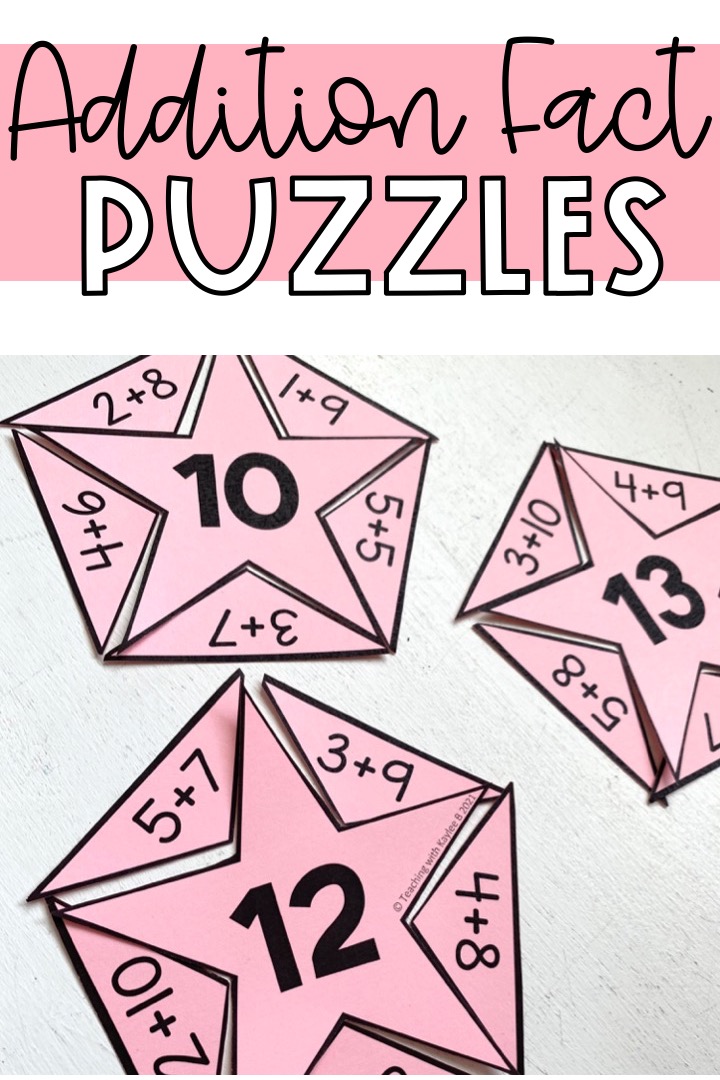
Find these Patterns in Addition puzzles here.
Patterns in addition help students learn the way to make a number. But did you know there are patterns in addition and subtraction? This involves working with fact families. Read about my best tips for teaching fact families in this blog post here: 3 Reasons Why You Need To Teach Fact Families
To get a more in depth guide on how to teach math facts in a fun, yet meaningful way, download my free workbook perfect for first and second grade teachers: The 7 Steps to Ensure Math Fact Fluency.
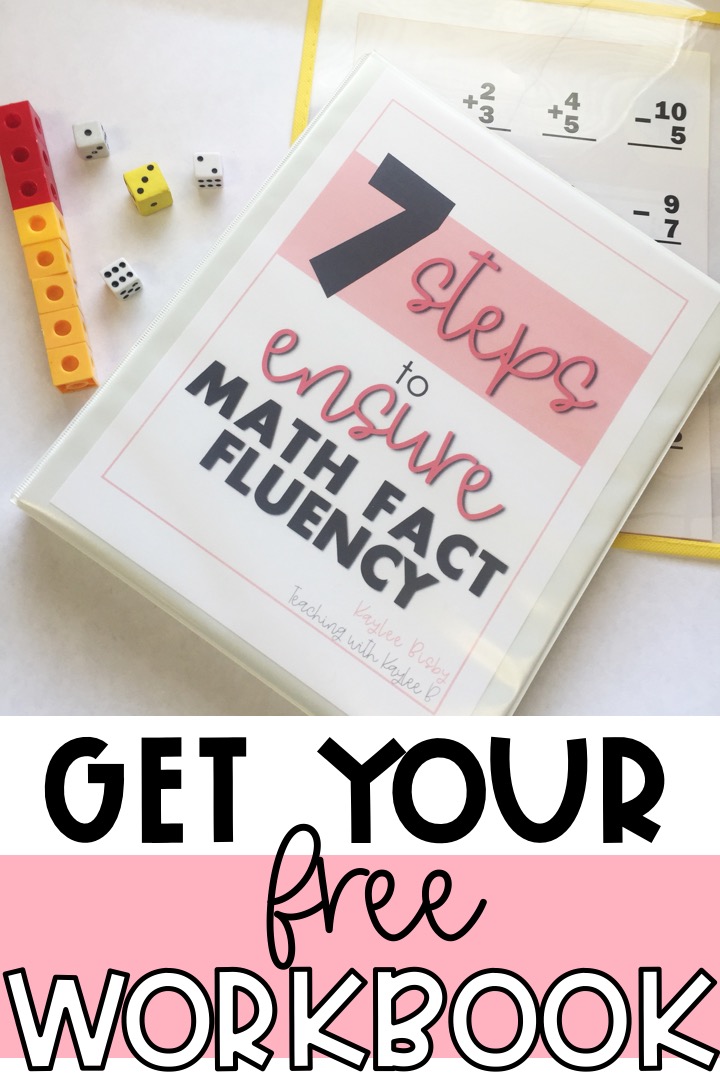

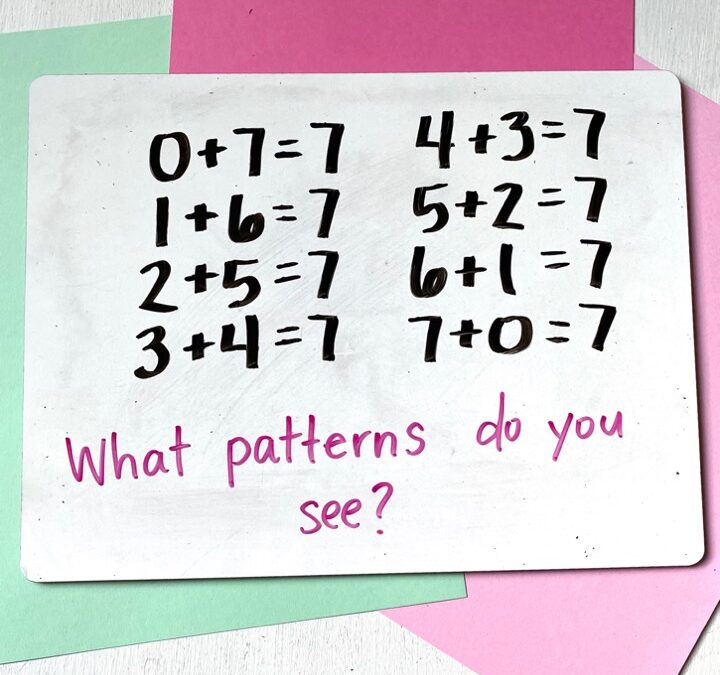

I no am new to teaching first grade math. I would love this resource!
Hey Lynda! This will be so great so first grade. 🙂